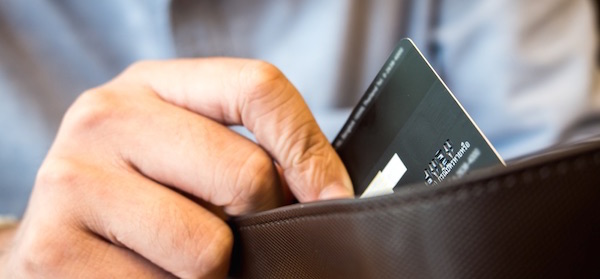We’re all looking for ways to be smarter with our money and fund the lifestyle we want, but one place we often forget to look is in the card section of our own wallet.
Australians wasted an estimated $3.5 billion on high-interest rate credit cards last year, according to new RateCity.com.au research.
The study revealed that while last year’s average credit card rate was 17 per cent, some card holders were paying over 23 per cent interest on outstanding balances and missing out on interest rates as low as 7.99 per cent.
Sally Tindall, money editor at RateCity.com.au, says millions of Australians could be saving on their credit card bills by comparing interest rates on cards and switching to a more competitive offering.
“Our analysis of RBA data found Australians paid approximately half a billion dollars in interest each month on credit card debt last year; an amount that could have been halved if people switched to lower-rate cards.
“So many Australians – over half according to our research – don’t know or think about the interest rate they’re paying on their card before they go out and rack up debt,” says Tindall.
If you’re not someone who pays off their credit card bill in full every month, then it’s time to start seriously considering a switch to a low rate card and put an end to throwing your money away.
“We currently list 75 cards with interest rates below the average of 17 per cent, so there’s no shortage of choice when it comes to low-rate cards,” says Tindall.
Amongst RateCity’s top low-rate credit cards are Quay Credit Union with an advertised rate of 7.99 per cent, Community First with 8.99 per cent and G&C Mutual with 9.49 per cent. Using RateCity’s comparison table will give you a comprehensive view of the best deals on the market.
For those who want to search for a competitive offering, here are three details to consider when choosing a credit card that will help keep costs at a minimum:
1. Consider what type of spender you are. Credit cards aren’t a one-size-fits-all product. Occasional spenders who use their card to order large purchases, such as overseas holidays, and pay it off over an extended period are well suited to a low-rate card. On the other hand, those who use their credit card every day for essentials may want to find a card that provides a rewards program, although keep in mind that cards with these programs often have higher interest rates. You may do better financially to find a ‘no frills’ card with a lower rate, rather than one with additional features, depending on your spending style.
2. Check the annual fee. Many cards have an annual fee that sits around the $100 mark, but some are much higher. On the other hand, there are 178 credit cards listed on the RateCity.com.au website that currently charge no annual fee, so it’s worth finding out what’s on offer.
3. Take advantage of the interest-free period. Each card offers different interest-free periods – i.e. an amount of time when you won’t be charged interest on your balance. The most common period is between 40 to 55 days. For those keen to save money, it’s worth taking advantage of this time and planning to pay for purchases in full before the interest-free period ends.

